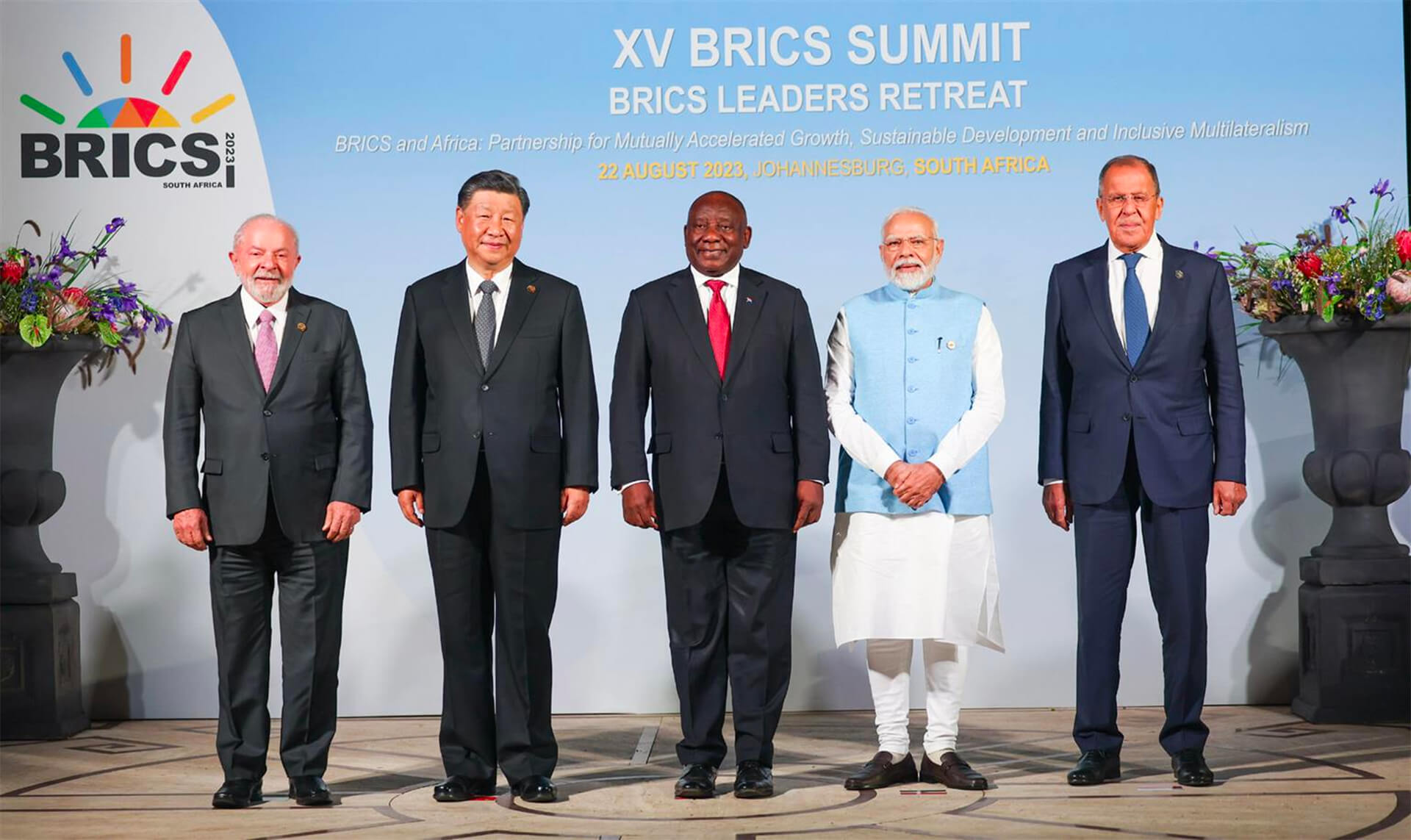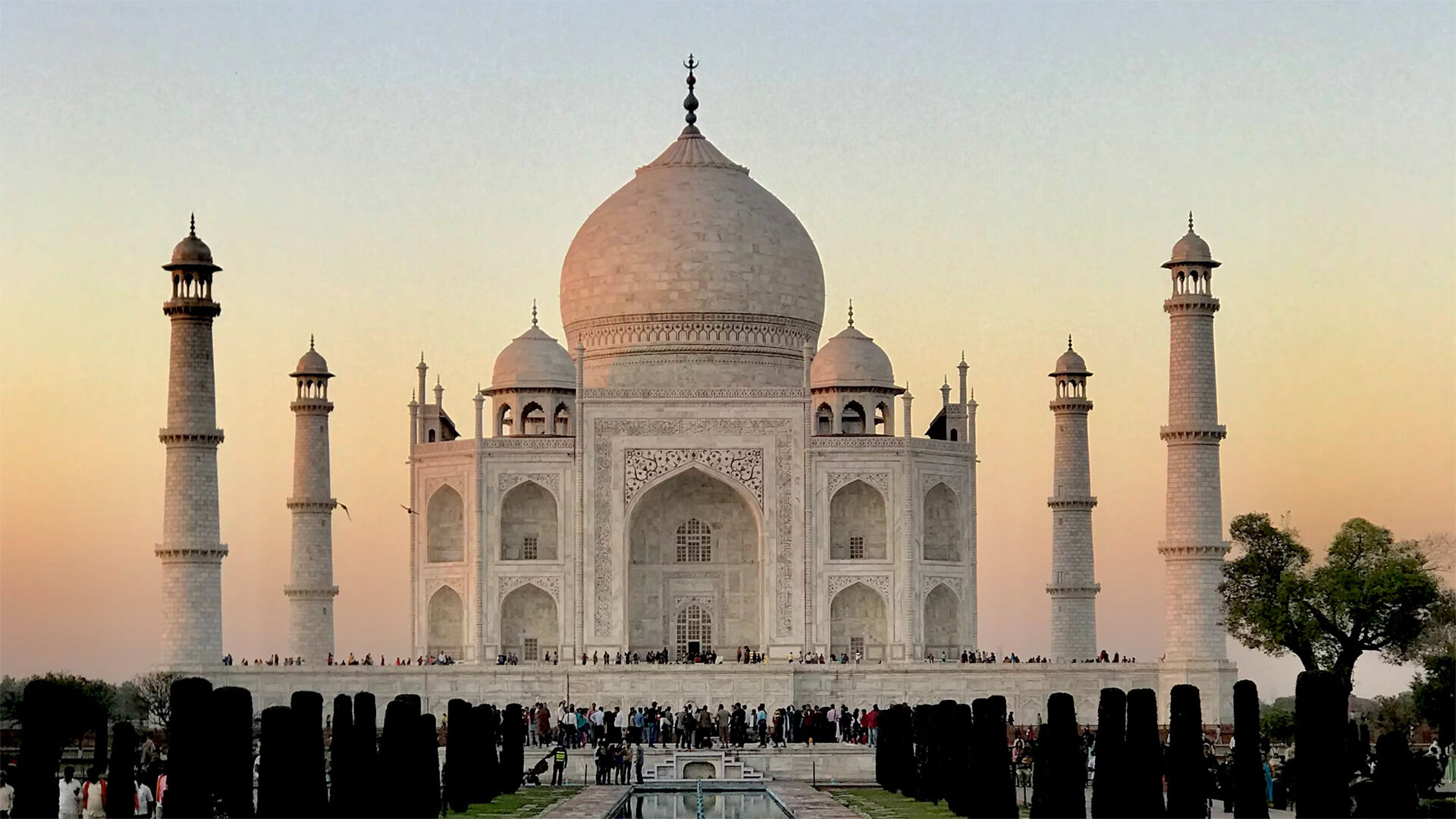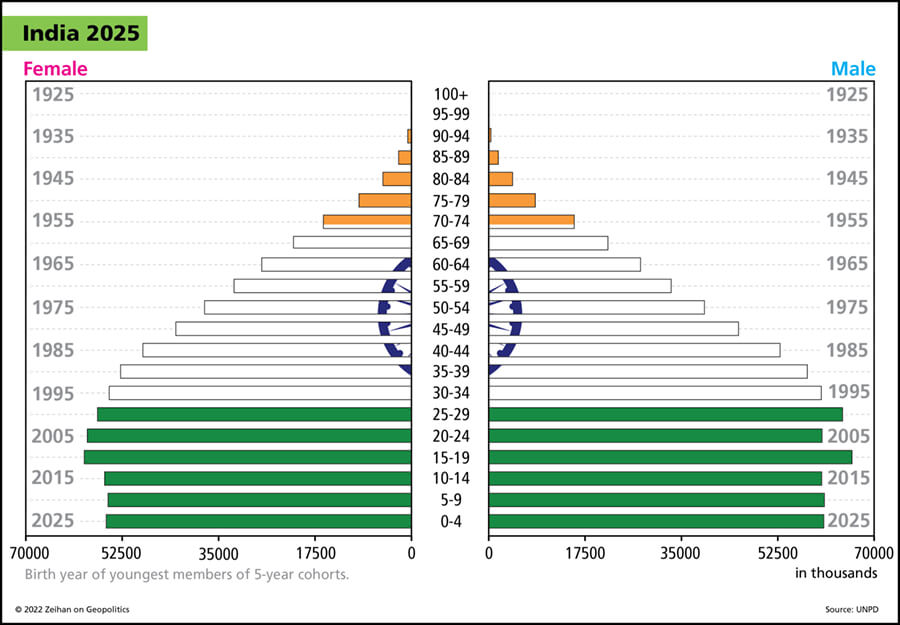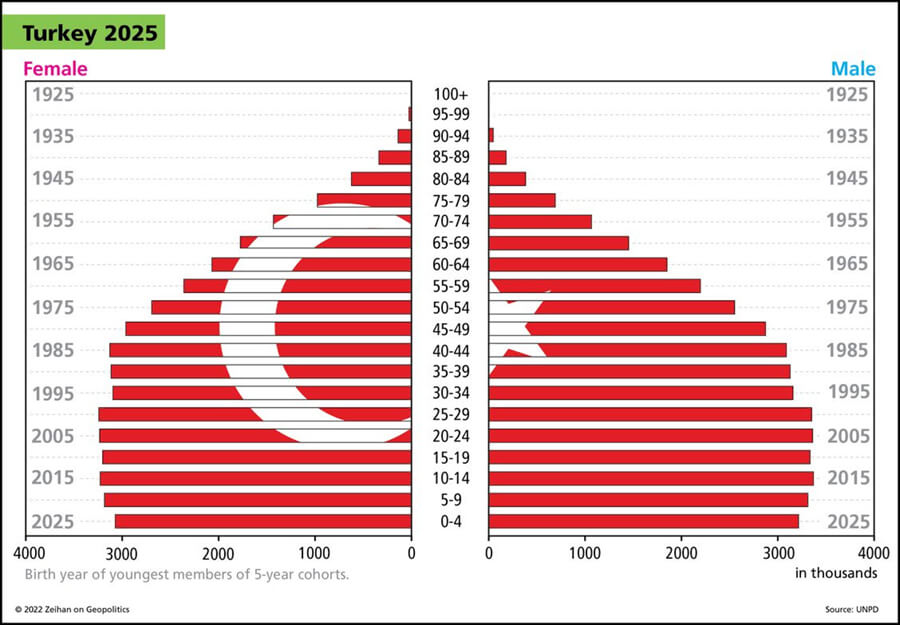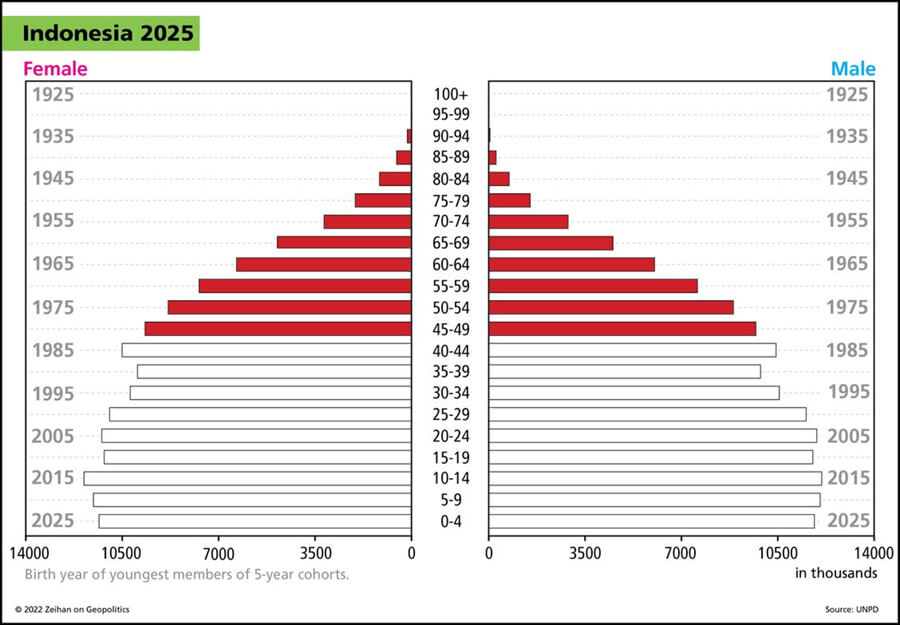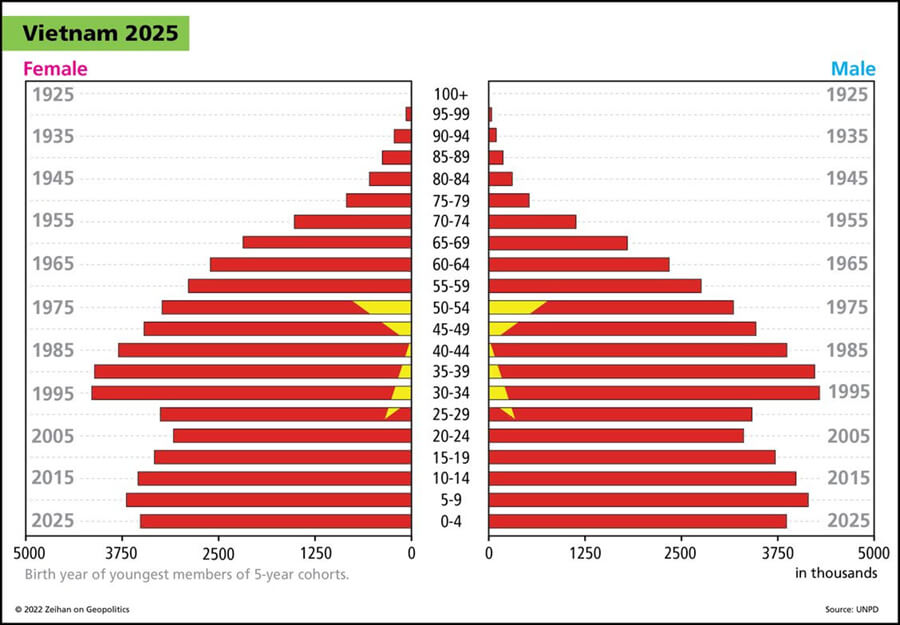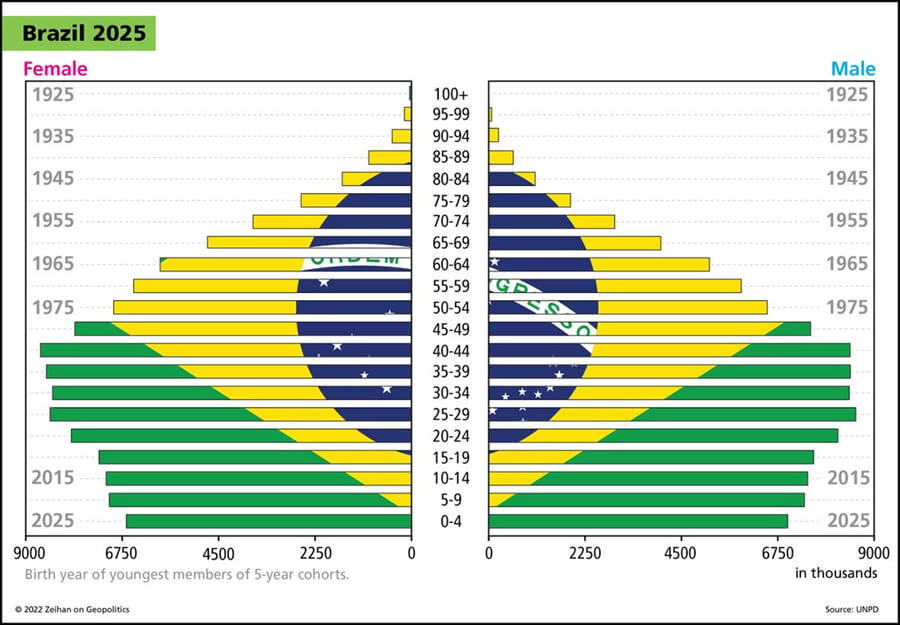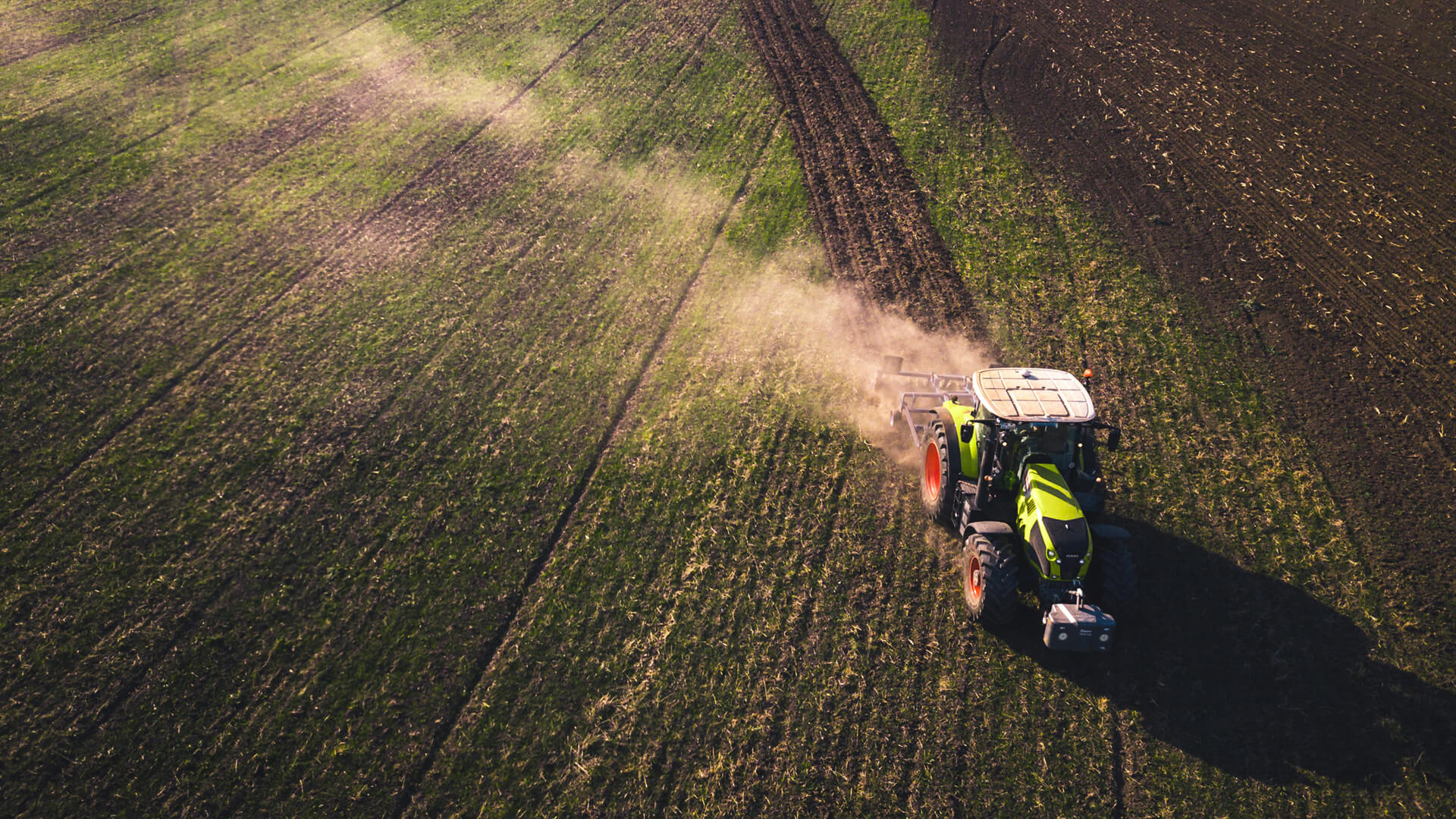While giving a parliamentary testimony, Canada’s Prime Minister, Justin Trudeau, accused the Indian Government of assassinating a Sikh emigrant living in Canada who supported an Indian separatist group.
Intelligence from the Five Eyes has revealed that Trudeau’s claim was valid. This is significant because it means India is willing to “take care of business” outside its borders and could impact the entire Indian diaspora globally.
This will undoubtedly strain relationships between the Five Eyes and India moving forward, but there are still greater power politics at play. Although India’s stance will tarnish some relationships, it will still benefit from the anti-China actions taken by the West and the rest of the world.
Here at Zeihan On Geopolitics we select a single charity to sponsor. We have two criteria:
First, we look across the world and use our skill sets to identify where the needs are most acute. Second, we look for an institution with preexisting networks for both materials gathering and aid distribution. That way we know every cent of our donation is not simply going directly to where help is needed most, but our donations serve as a force multiplier for a system already in existence. Then we give what we can.
Today, our chosen charity is a group called Medshare, which provides emergency medical services to communities in need, with a very heavy emphasis on locations facing acute crises. Medshare operates right in the thick of it. Until future notice, every cent we earn from every book we sell in every format through every retailer is going to Medshare’s Ukraine fund.
And then there’s you.
Our newsletters and videologues are not only free, they will always be free. We also will never share your contact information with anyone. All we ask is that if you find one of our releases in any way useful, that you make a donation to Medshare. Over one third of Ukraine’s pre-war population has either been forced from their homes, kidnapped and shipped to Russia, or is trying to survive in occupied lands. This is our way to help who we can. Please, join us.
Transcript
Hey everybody. Peter Zeihan here coming to you from Colorado today. We’re going to talk about something that you guys have been writing in for weeks about what is up with the Indians and the Canadians yelling at one another over this assassination plot. For those of you who are unaware, the Canadian prime minister, Justin Trudeau, accused, who actually kind of mentioned it in passing in a parliamentary testimony that the Indian government had assassinated a Sikh emigre on Canadian soil.
The guy had Canadian citizenship. He had renounced his Indian citizenship. But the Indians have never liked this guy because he supports one of the separatist groups in India. It wasn’t a group that was part. I mean, this issue has basically been resolved in India’s favor. But he didn’t stop talking about it while he was abroad. And so as the accusation goes, the Indians wanted him dead and did it.
This has a number of implications. It took me so long just to kind of get to the bottom of it, because it involves intel that hasn’t been made public for the most part. But let’s say five things. Number one, looks like it was true. The intelligence didn’t come from Canada. It came from the United States and the Five Eyes system.
Five Eyes is a group of five Anglo countries Canada, Australia, New Zealand, the United Kingdom and the United States that share intelligence on almost everything. Anyway, the intelligence originated from the United States because that’s going to sound weird. Or maybe not. The United States has much better intelligence capabilities in Canada than the Canadian government does. So yeah. And then it was verified by the British government.
And the Brits have much better information gathering in India than the Canadians do. So all of the five eyes have basically kind of quietly said Canada was right on this one. That makes things a little bit complicated because, two, we have never seen the Indian government assassinate anyone outside of arm’s reach of their own borders. This is a fundamentally new capacity for them.
Now, assassinations are a little bit coming into vogue. The Russians have obviously picked up the pace for that considerably, even before the Ukraine war with radiation and poisoning and polonium being their preferred methods, although they’re not afraid of a gunshot to the head. And if you ever see somebody jumping out of a hospital window, that was only an assassination.
These kind of Russian culture are the Americans, of course, are are fans of it, too, as long as it’s done by a drone where we really frowned upon it when it’s done in person for some reason probably left over from the Cold War issues. And then, of course, the Brits are good at it anyway. Seeing this with India is significant because the Indian diaspora is arguably the largest on the planet, and if the Indian government starts patrolling it using extraterritorial and extralegal means that is going to rub a lot of people wrong in a lot of places, and eventually it’ll probably end up offing someone that actually matters to a government and not just because
it’s a citizen. So this is not yet a really big deal, but it has the potential to become a very big deal in the not too distant future. Number three, Canada is among the largest destinations for Indian students traveling abroad, and the Indian diaspora in Canada has become its fastest growing ethnic group. Now, obviously, the people who leave a country are not Brazil patriots.
So expect to see a lot more agitation within Canada as a result of this, as opposed to quieting down. If the Indian goal was to quell discussion of these topics, they probably just achieved the opposite because Canada, for all, for its faults, is a free country with a more or less free press, even if it is a little bit slanted, in my opinion.
And it’s very easy for anyone to say anything about anyone, anywhere. And because of freedom of information and the ability to send electrons around the world in a second, that will generate actually a lot more publicity in India as well. So this probably wasn’t the smartest play by New Delhi if their goal was to keep this very, very quiet.
Okay. More significantly, number four, relations with India. You know, by the five eyes putting their stamp of approval on the Canadian statement, that obviously raises the question about what relations between the Brits, the Australians and the Americans are going to be with the Indians. The Americans and the Australians are in the quad grouping with India, which is a kind of a security talk shop.
And the Brits obviously have ongoing relations and economic and otherwise with everyone who’s in the Commonwealth in their former colonies. So if you’ve got a major power, India starting to do things that are incredibly unsavory from the point of view of democratic norms, that is absolutely going to impact relations. The question is how much? The issue for the Americans and the Australians, of course, is China trying to try to try to China.
And honestly, I don’t think in this relationship we’re going to see too much of a change. Which brings us to the fifth issue, which is the nature of great power politics. When you have identified a country that you see as a large threat, a lot of the niceties that dominate the normal diplomatic and economic discourse fall by the wayside side in favor of hard security concerns.
And that means you are willing to partner with different sorts of countries and personalities that you normally wouldn’t even consider. So, for example, when Hitler was on the scene, we were best buds with Stalin, sent him billions in today’s terms, tens of billions of dollars of military aid in order to fight off the Nazis. Then when Hitler fell, we got into bed with Mao, who was the greatest mass murderer in history, in order to counter Stalin.
So the idea that we would partner with a mostly democratic but little bit unsavory India in order to counter what has become the most totalitarian government in the world. That’s an easy decision to make, but it does mean that the nature of the American and to a lesser degree British and Australian relationship with the Indians is going to change.
We never considered Stalin or Mao or French. They were allies against a very specific threat. And when that threat was neutralized, the relationship changed again. Now, there are a lot of decisions that Indians are going to have to make in the next several years as actions against the Chinese heat up. And the question will be whether or not they want a more productive relationship with these Western nations.
There’s a lot of water under that bridge. The answer may very well be no, but that means India will be doing Indian things with Indian policy for Indian interests. And to be perfectly honest, looking back on the last 70 years, that’s not much of a change. India unofficially sided with the Soviets in the Cold War, but they were very big on non-alignment for the most part carried it out.
What we’re seeing today is just kind of the slightly greater power equivalent of that same sort of political ideology. Now, sitting here in the United States, it’s easy for me to wag my finger and say that this is not the best thing for India or Indians, but I don’t get a vote in this. This is a decision to be made in New Delhi specifically, and to be perfectly blunt, in a world where lots and lots of countries are aligned against the Chinese and in my opinion, the Chinese are long for this world.
India is going to do very well regardless of what the relationship with the West happens to look like. This is their decision. Doesn’t mean we have to like it.



